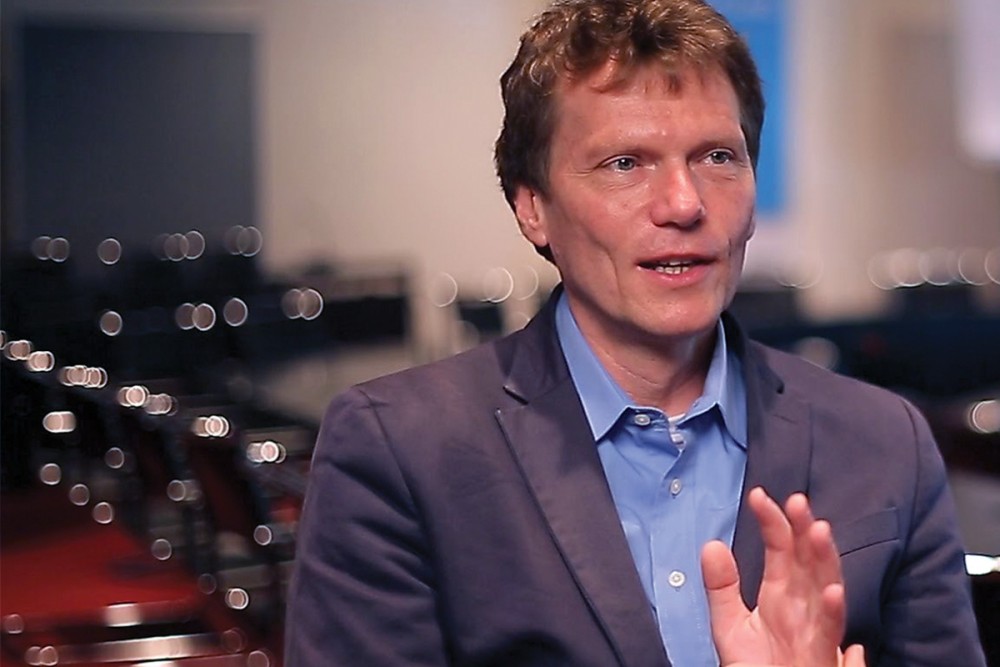Hartmut Rosa says we’re running faster just to stay in place
The German sociologist’s theory of “resonance” offers an alternative: deceleration.

As the pandemic began to recede in the early summer months and everyday life hinted at a new normal, I listened closely for how people in my congregation reflected on their experience of the last 15 months or so. One of the most common themes I heard—and I realize this says a great deal about my socioeconomic context—is that they never realized that another way of life was possible.
Specifically, they talked about how they experienced a whole different relationship to time. Almost to a person, they vowed to negotiate with their employers a different type of schedule—one that frees them to work part of every week from home and that requires much less overnight travel. Options were now conceivable, negotiable, and doable that had been previously unimaginable. They talked as if a collective treadmill had been turned off and we were now free to move at a speed conducive to a different way of life. They spoke of being more in touch, more in sync, even more alive. In effect, they’d experienced a new way of being with others, with themselves, and with things in the world around them.
We are all situated in and related to the world—that is a given. What is not given is how we are situated, what kind of relationship we have to the world.




